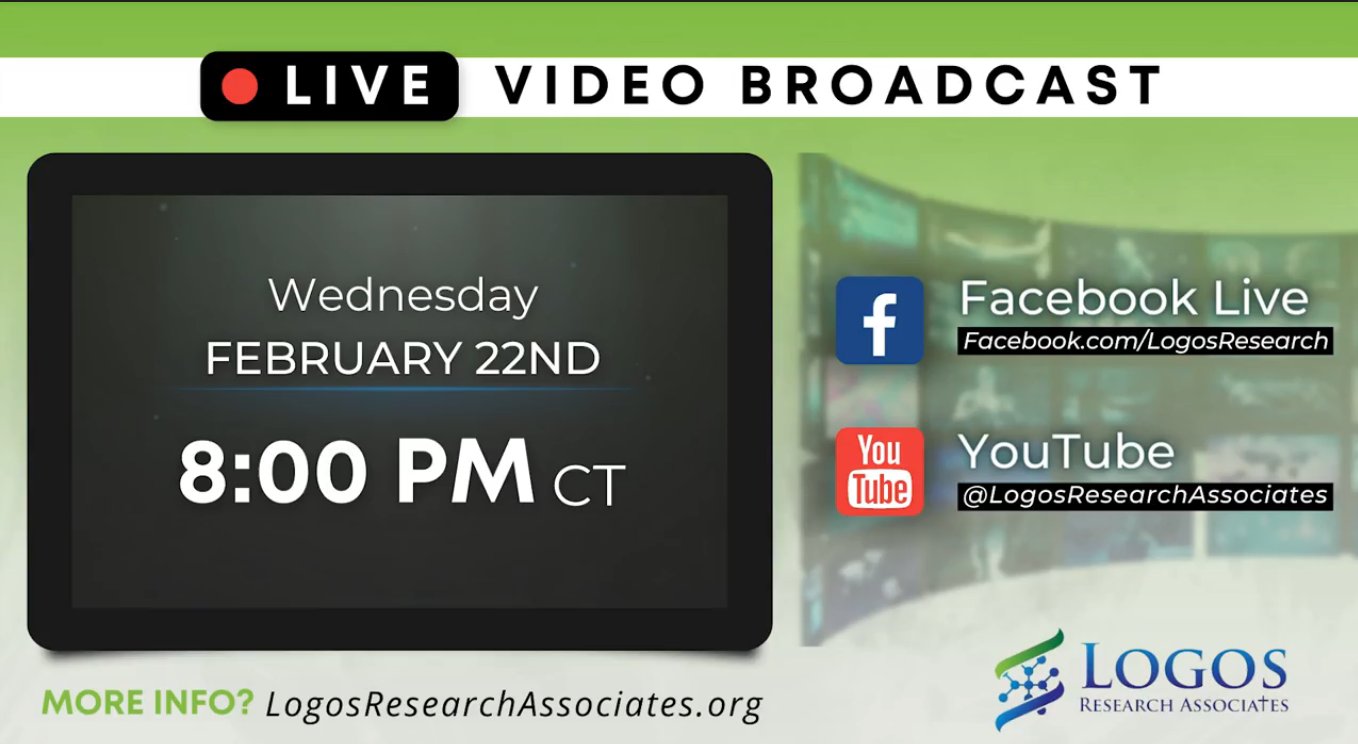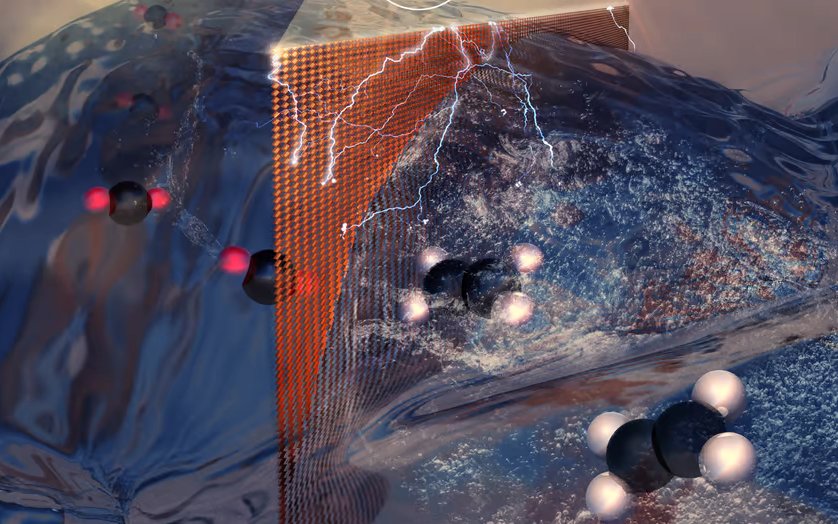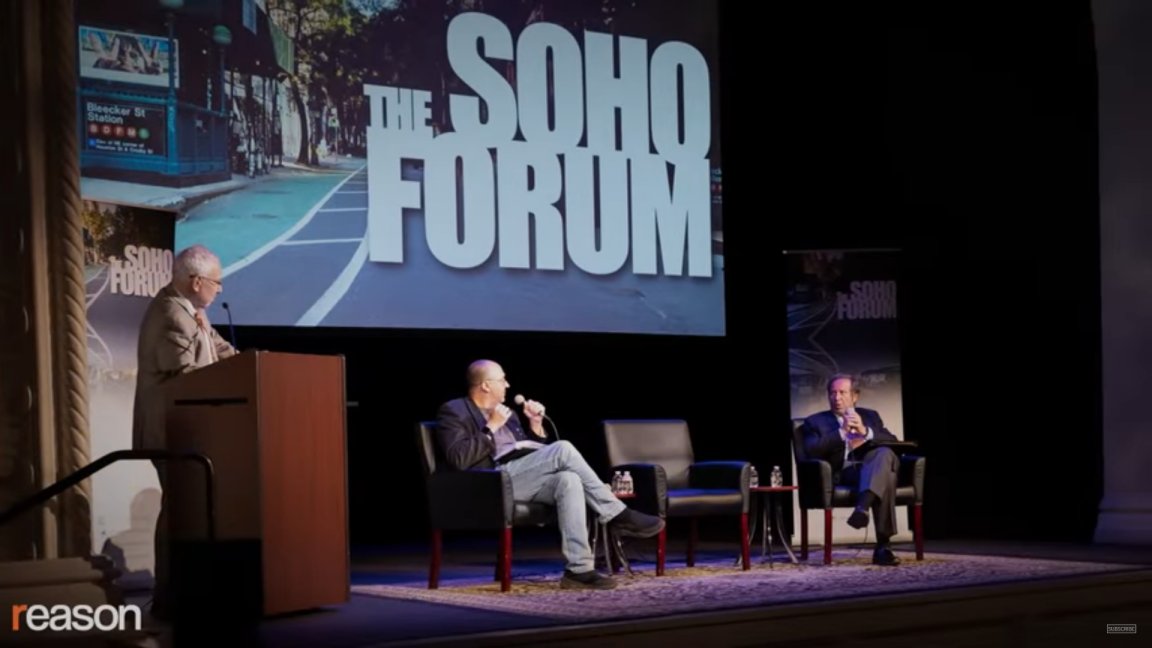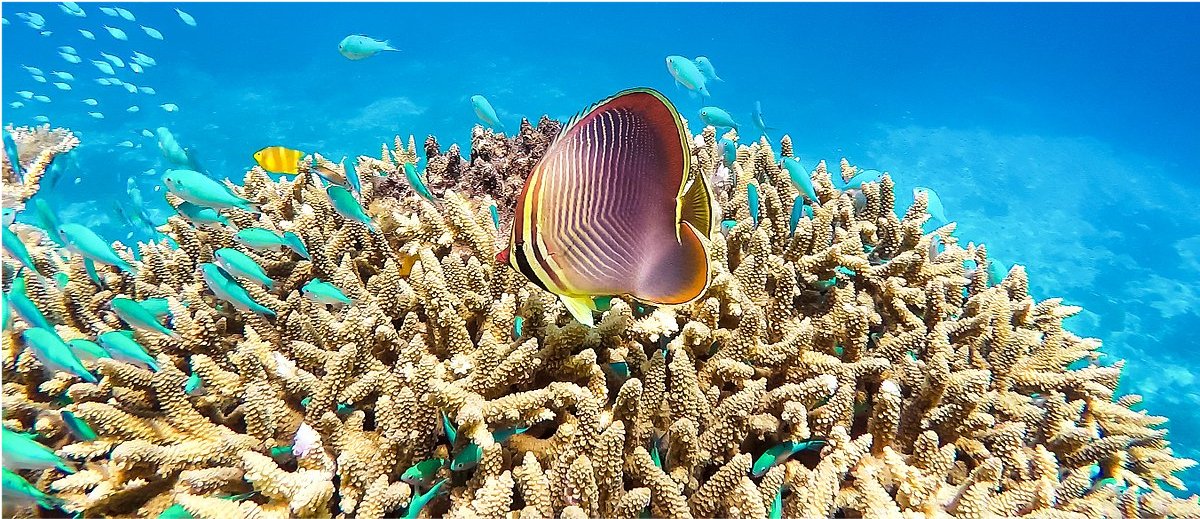 As I mentioned in my previous post, I haven’t been blogging much because I have been busy teaching classes and writing my new physics course, Discovering Design with Physics. However, that book is now at the printer, so I have more time for blogging. My previous post discussed how I begin and end the course, and now I want to give my readers an idea of what the differences are between my new physics course and the one that is still in print (Exploring Creation with Physics, 2nd Edition).
As I mentioned in my previous post, I haven’t been blogging much because I have been busy teaching classes and writing my new physics course, Discovering Design with Physics. However, that book is now at the printer, so I have more time for blogging. My previous post discussed how I begin and end the course, and now I want to give my readers an idea of what the differences are between my new physics course and the one that is still in print (Exploring Creation with Physics, 2nd Edition).
I wrote Exploring Creation with Physics, 2nd Edition almost 20 years ago, and while the material required for a college-prep physics course hasn’t changed since then, there have been some new developments in physics that are worth addressing. For example, over the past 11 years, the Voyager spacecrafts left our solar system. That is not only interesting in and of itself, but it is also a dramatic demonstration of Newton’s First Law of Motion. After all, they have been moving at roughly the same velocity since 1989, despite the fact that they haven’t used their fuel for propulsion since then! As another example, Pluto lost its status as a planet about 17 years ago. Thus, in this new physics book, it is not listed as one of the planets in the solar system.
More importantly, I decided to take a completely different approach in writing this new book. The “traditional” approach to physics is to start with the definitions of displacement, velocity, and acceleration. From there, you use equations to analyze motion in both one and two dimensions. After that, you then discuss Newton’s Laws, which actually dictate the behavior you have been using equations to analyze. That’s how I wrote Exploring Creation with Physics, 2nd Edition, because that’s the way every text from which I taught did it. However, I have never been happy with that approach. So for the new book, I decided to discuss displacement, velocity, and acceleration in the context of Newton’s Laws. That means the students learn about displacement and velocity in the context of Newton’s First Law, and then they learn about acceleration in the context of Newton’s Second and Third Laws. That way, the students learn why the motion being analyzed actually happens. The PhD physicist who reviewed the book for accuracy told me that this was a more satisfying treatment of motion.
In addition, I decided to take a new approach with the experiments as well. In the previous book, the students did several experiments where they were measuring things like acceleration, velocity, the period of a system’s motion, etc. Since those experiments involved measuring short intervals of time, the students had to repeat the experiment several times and then average the results so as to reduce experimental error. That is an important technique to learn, but it is also time-consuming. In the new physics course, the students do fewer experiments like that. They still learn the technique, but since they don’t use it as much, the experiments are not as repetitive or time consuming. Of course, that doesn’t mean there are fewer experiments. In fact, there are six more experiments in the new course compared to the old course!
Also, since I have been teaching physics for many years since the first book was written, I have learned better ways to communicate some of the more difficult concepts in the material. As a result, students will understand the material better. To ensure this, I field-tested the course with more than 70 students. They regularly communicated with me regarding how they were learning, and they even offered some excellent suggestions which led to some changes in the text. I have something very exciting to share about the results of that field test, but I am not at liberty to do so at this time. Be assured that I will do so when I am allowed.
Finally, my publisher has given me assurances that the student text will always be published as a hardcover book, since we encourage parents to use it for all their children over the course of many years. This is important, as there are some homeschooling publishers who have been producing their student texts as softcover books, which I think is unfortunate.
Of course, you might be wondering whether or not you should get this new text if you already have Exploring Creation with Physics, 2nd Edition. The new course is most certainly better than the old one for the reasons mentioned above. However, the old one is still a very good course. Thus, it really depends on how much strain the cost of the new course will put on your budget.











